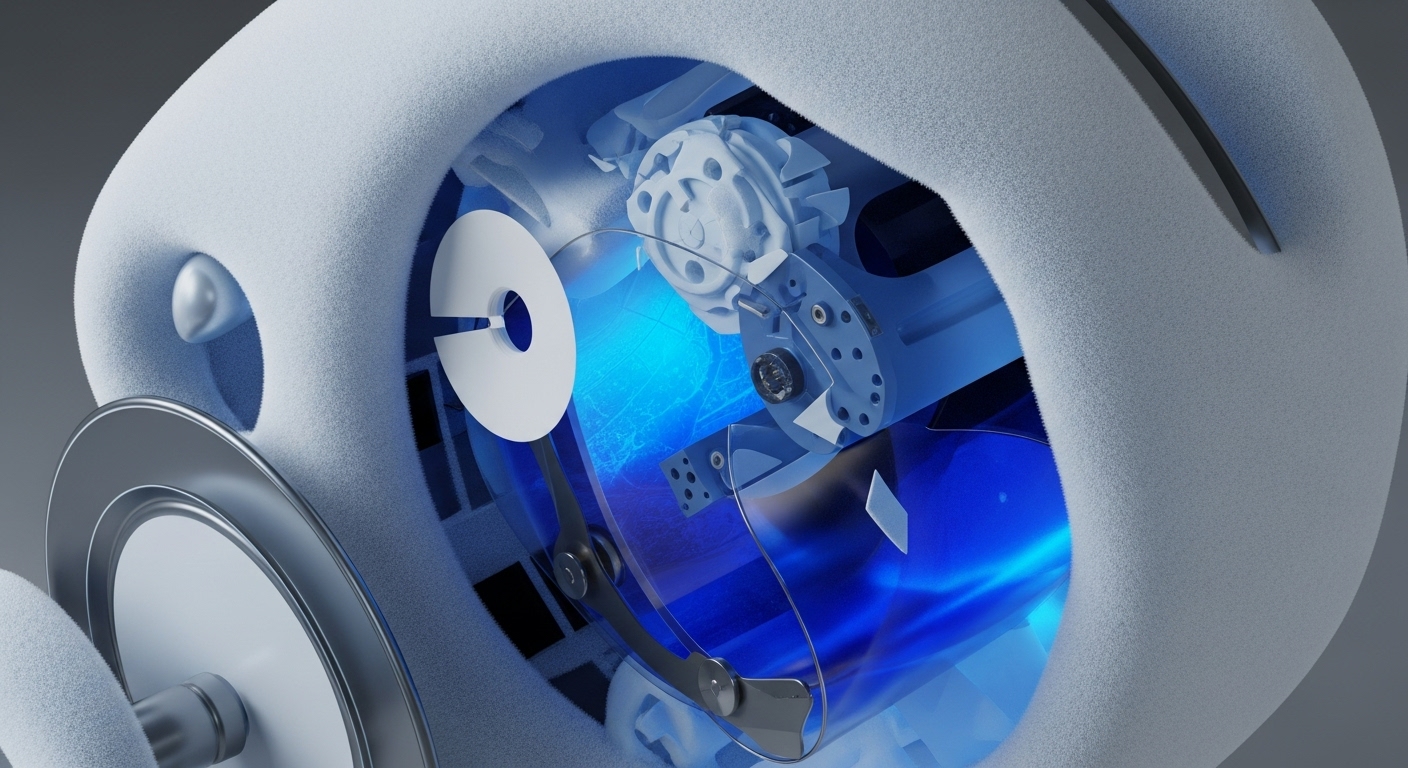
Briefing
The core research problem in zero-knowledge proofs is the linear memory scaling required for the prover, which fundamentally restricts the size of verifiable computations and limits deployment on resource-constrained hardware. This paper introduces a novel proof system utilizing a space-efficient tree algorithm that processes computations in blocks, achieving the first sublinear memory requirement for mainstream constructions like KZG and IPA. This breakthrough reduces memory complexity from linear to square-root scaling, which is the most important implication for the future of blockchain architecture, as it democratizes the ability to generate proofs, enabling trustless, privacy-preserving computation on everyday mobile and edge devices.

Context
Before this work, the prevailing theoretical limitation in zero-knowledge proof generation was the necessity for the prover’s memory to scale linearly (Thη(T)) with the size of the computation T. This established constraint created a practical barrier, preventing the widespread use of ZKPs for extremely large-scale computations and restricting the participation of low-power devices in decentralized networks, thereby centralizing the proving function to high-end hardware.

Analysis
The core mechanism is a block-based, space-efficient tree algorithm that fundamentally decouples memory usage from the total computation size. Instead of requiring the entire computation trace to be held in memory simultaneously, the new approach processes the data in streaming passes. This allows the system to achieve a square-root memory complexity O(sqrtT), which is a dramatic asymptotic improvement over the previous linear Thη(T) complexity. This structural change preserves the efficiency of existing polynomial commitment schemes while making the prover’s operation accessible to resource-limited environments.

Parameters
- Memory Complexity Reduction ∞ Thη(T) to O(sqrtT + log T loglog T). This is the reduction in memory required by the prover relative to the computation size T.
- Prover Time Complexity ∞ Constant number of streaming passes. This indicates the new mechanism maintains the same proof generation time as previous linear-memory systems.
- Target Device Class ∞ Mobile and Edge Devices. These are the resource-constrained hardware platforms unlocked by the sublinear memory requirement.

Outlook
The immediate next step is the implementation and integration of this sublinear-space proving technique into existing ZK-SNARK frameworks, such as those used for zkEVMs and rollup sequencing. In the next three to five years, this research will unlock a new paradigm of decentralized applications where users’ mobile phones can generate complex, privacy-preserving proofs for tasks like secure local AI model inference or fully private DeFi transactions, fundamentally shifting the computational burden and power away from centralized servers.

Verdict
This foundational advance in cryptographic efficiency resolves the primary hardware bottleneck for zero-knowledge proofs, establishing the technical path for truly democratized verifiable computation.
